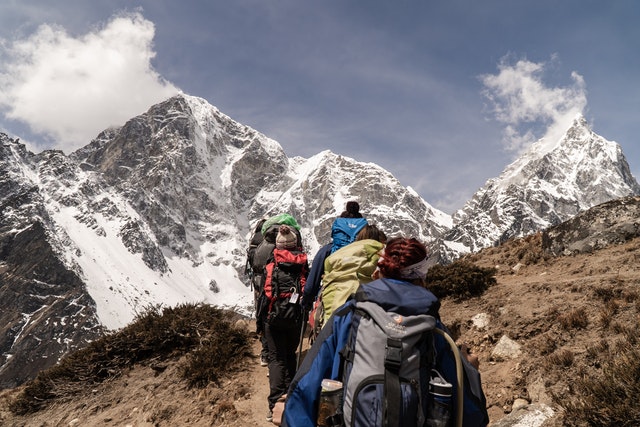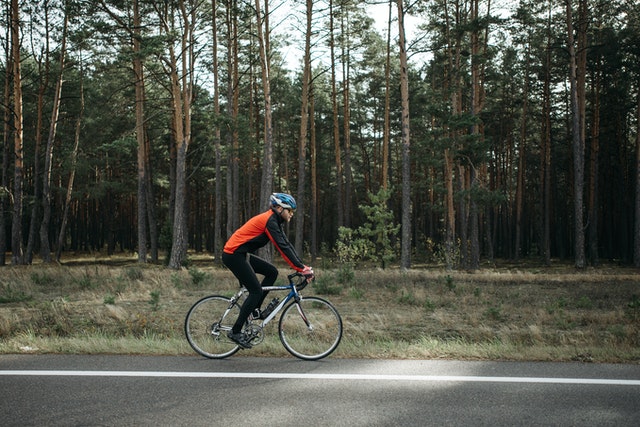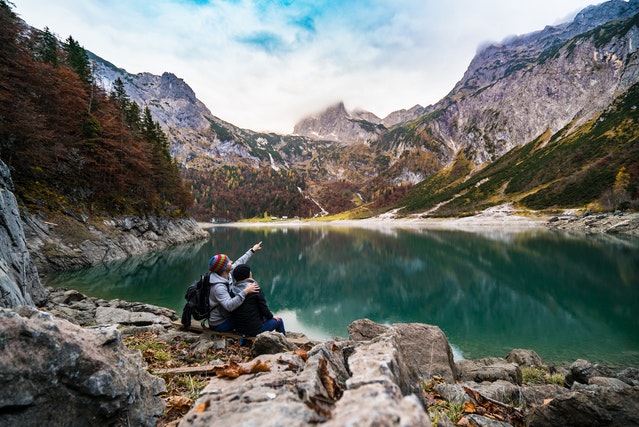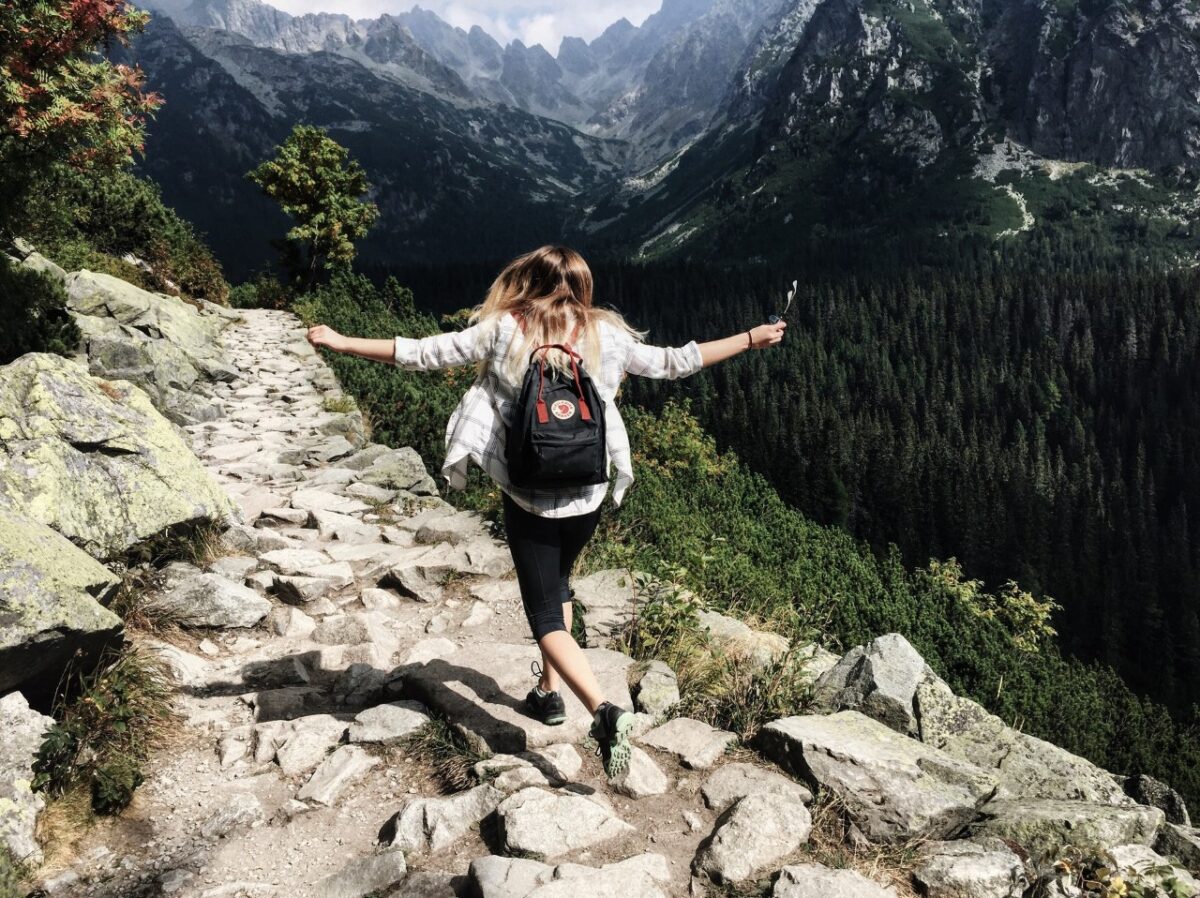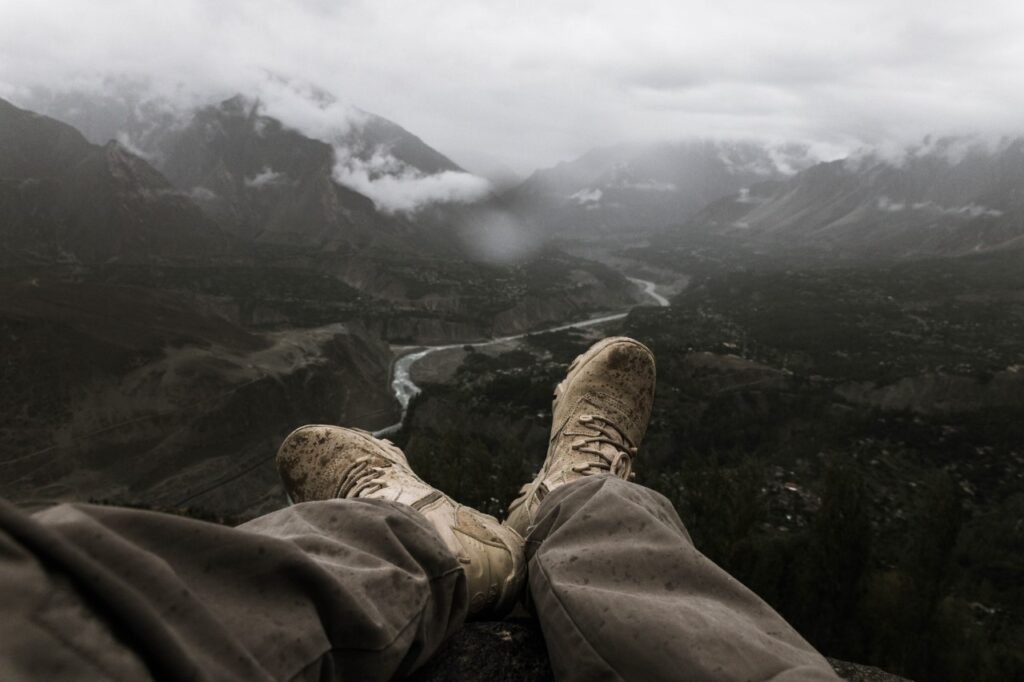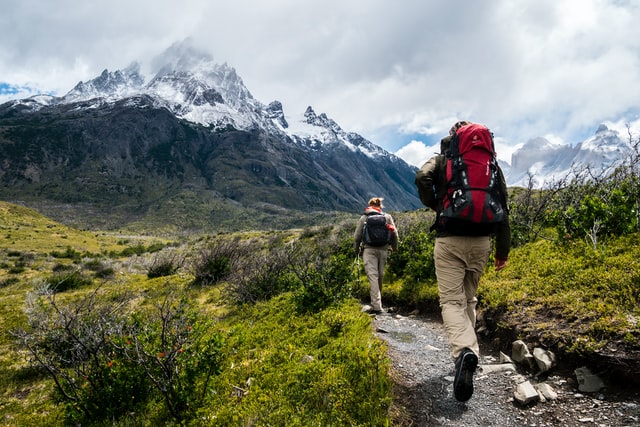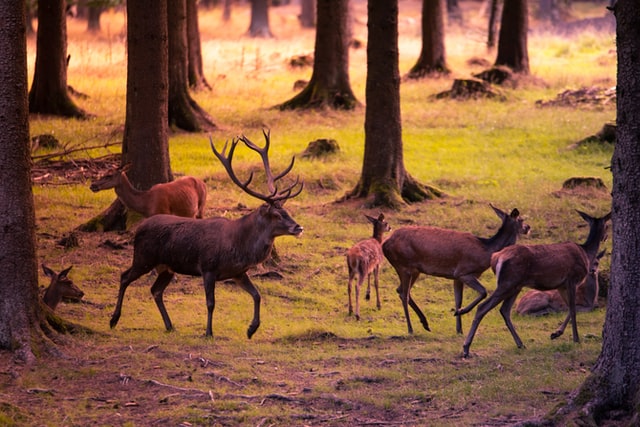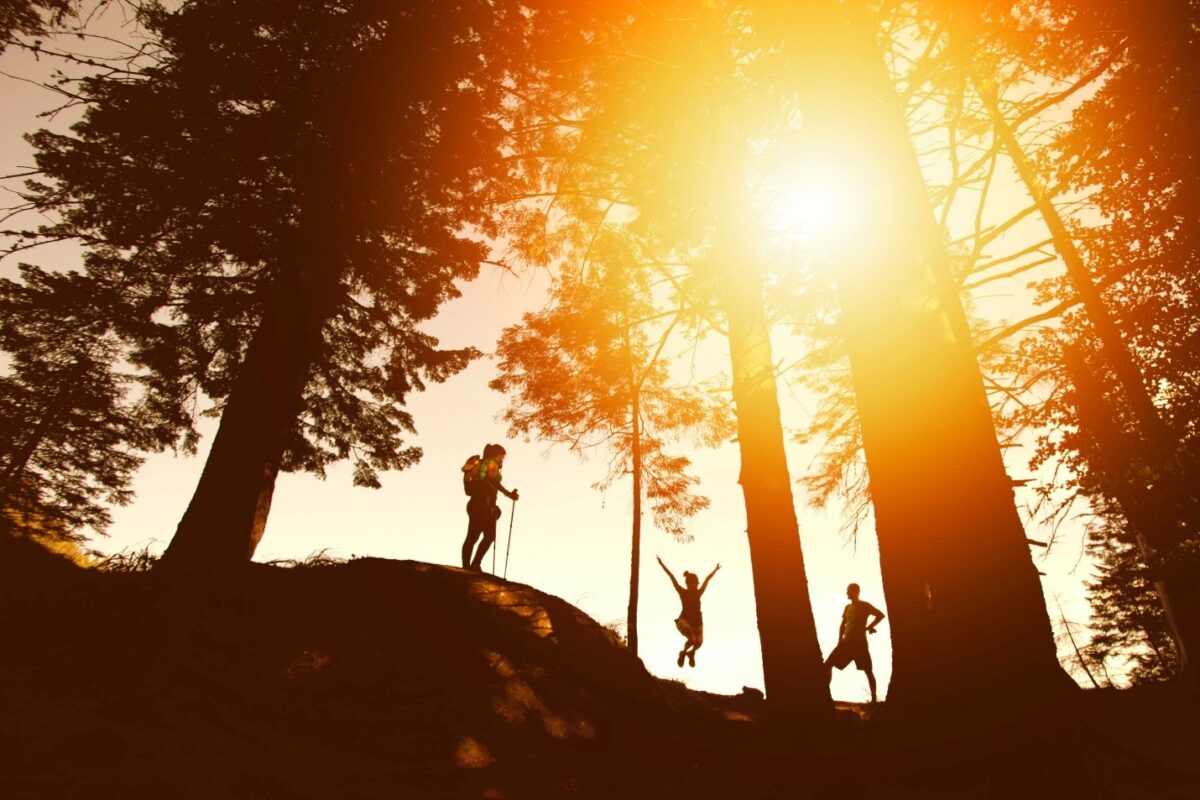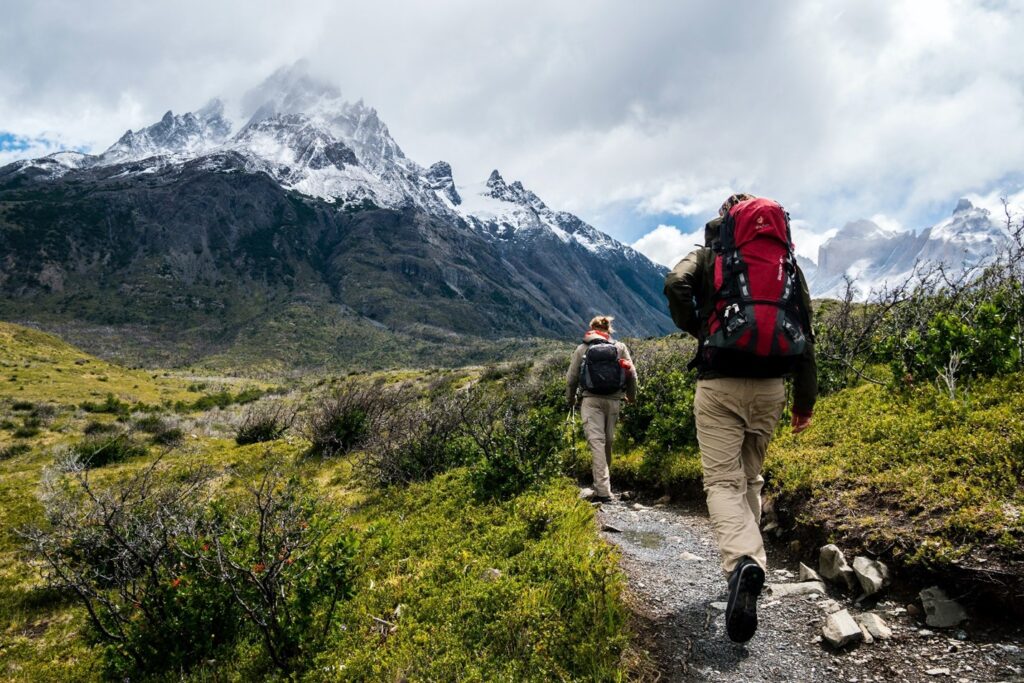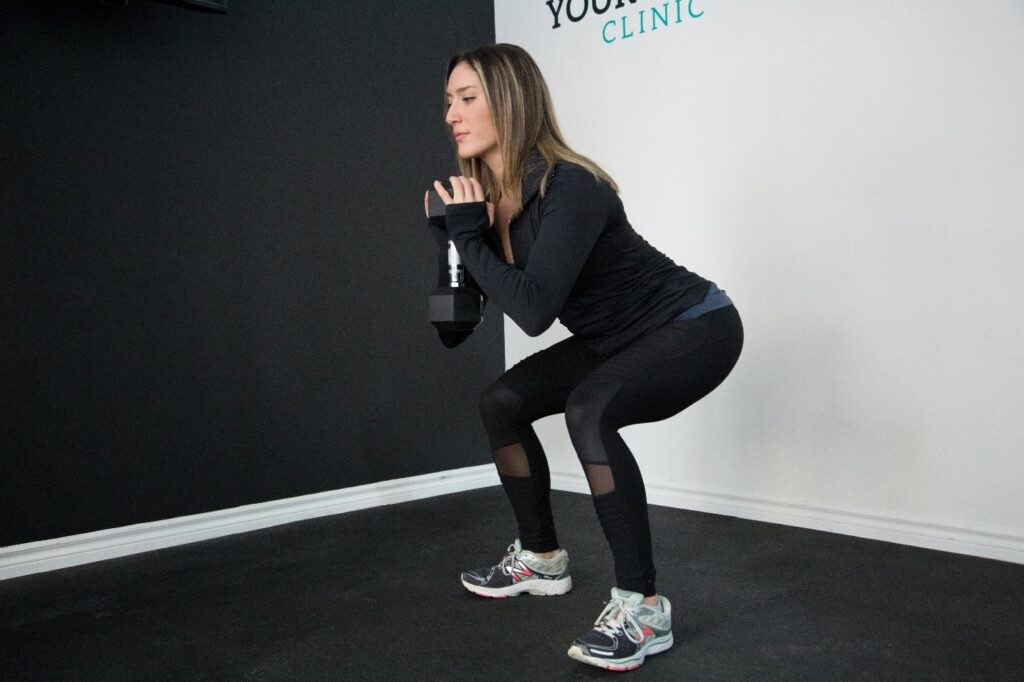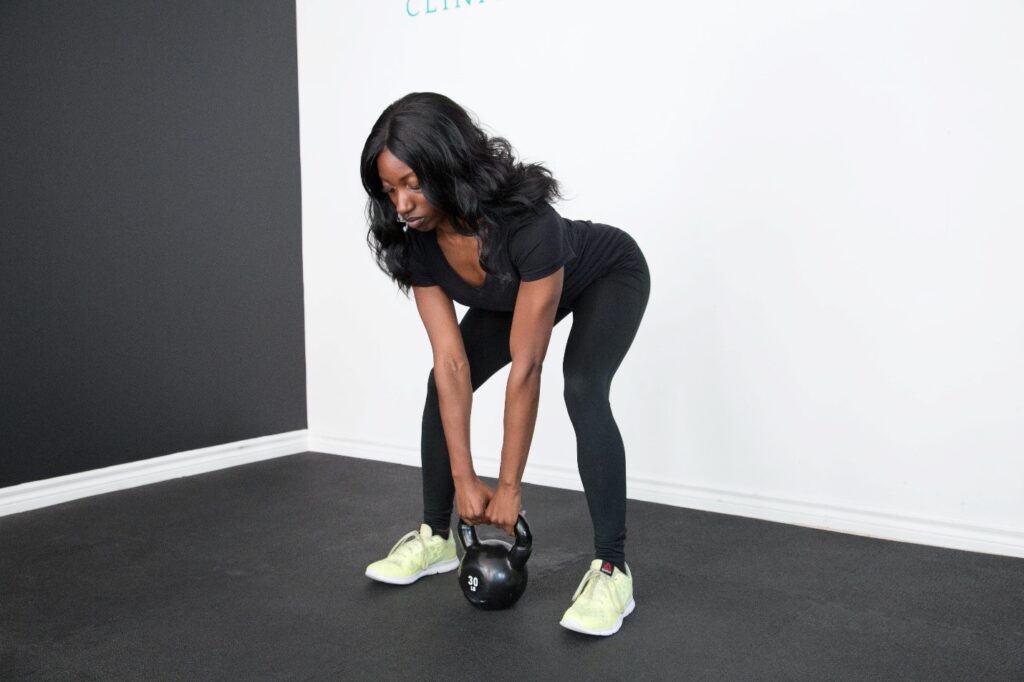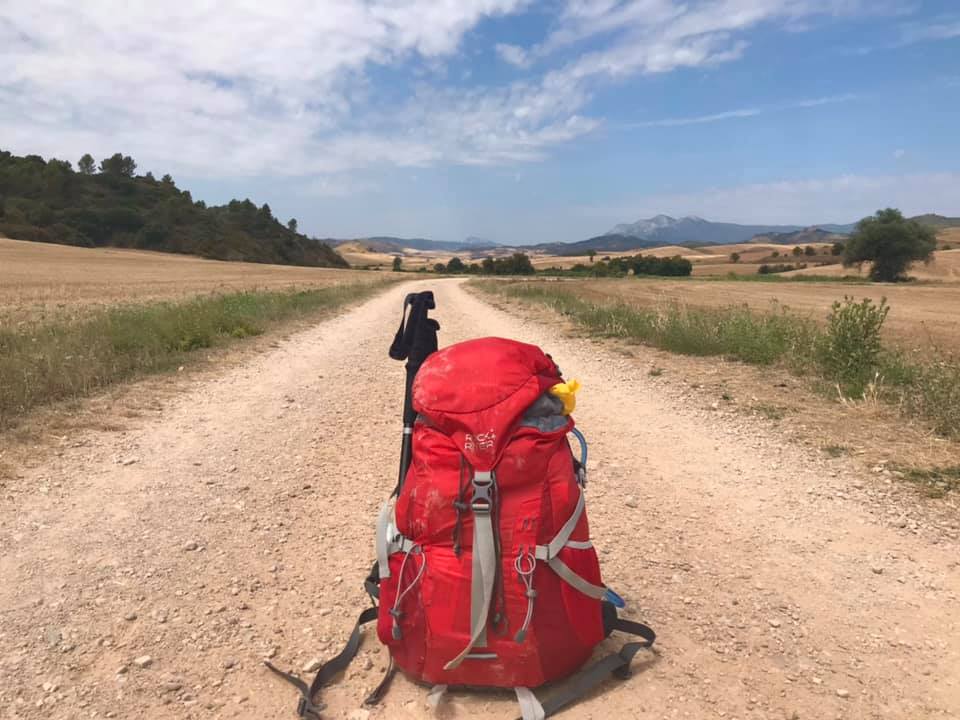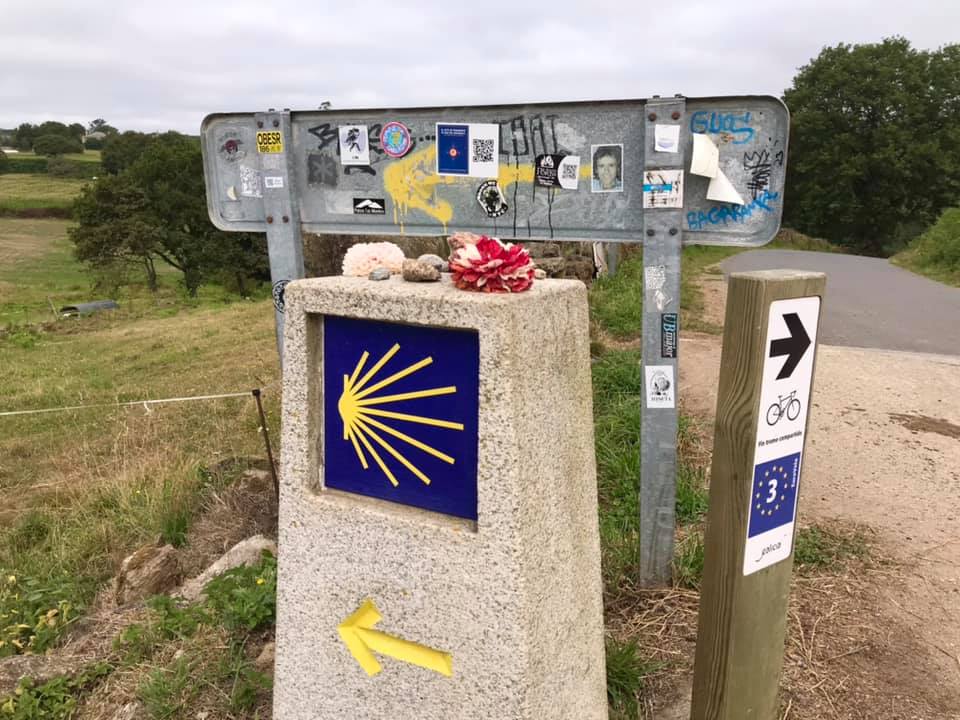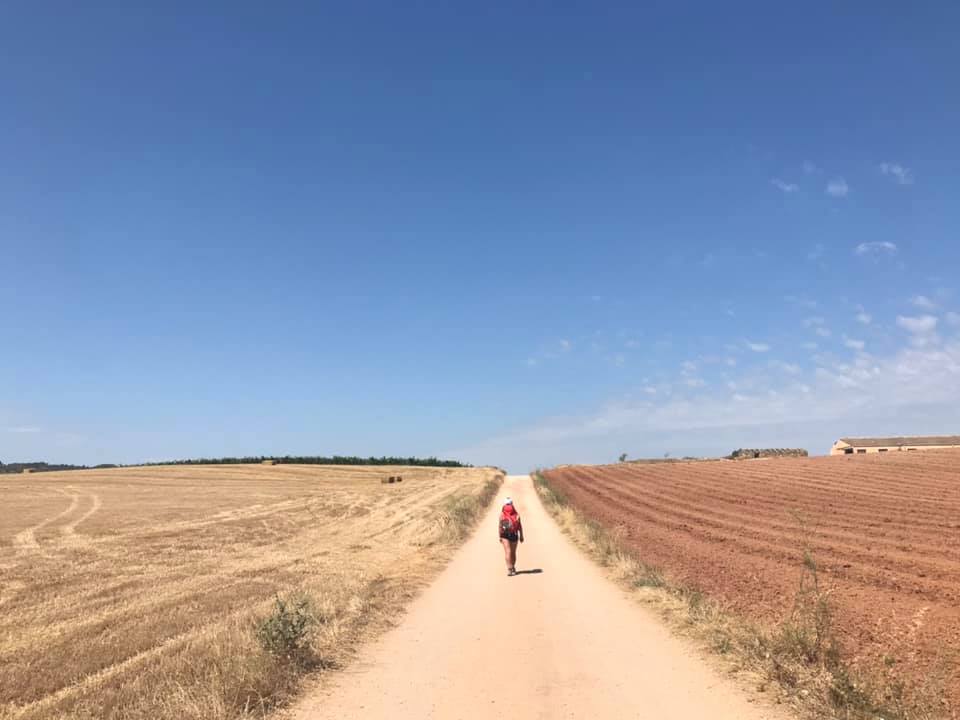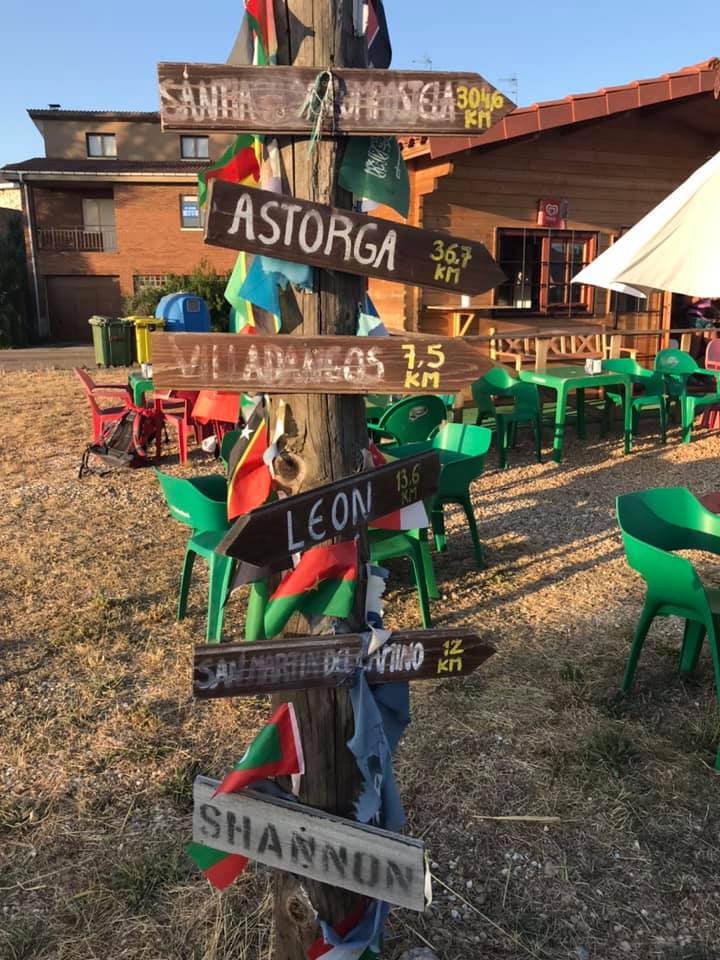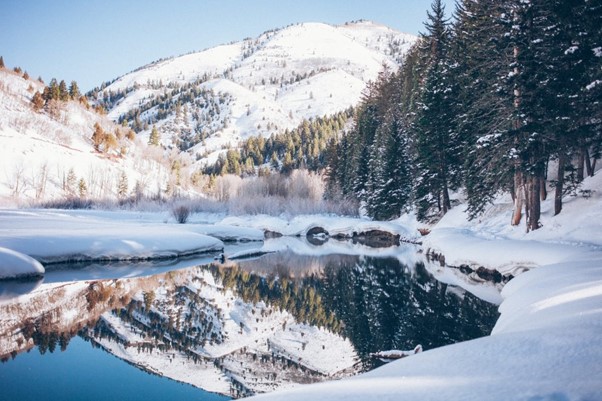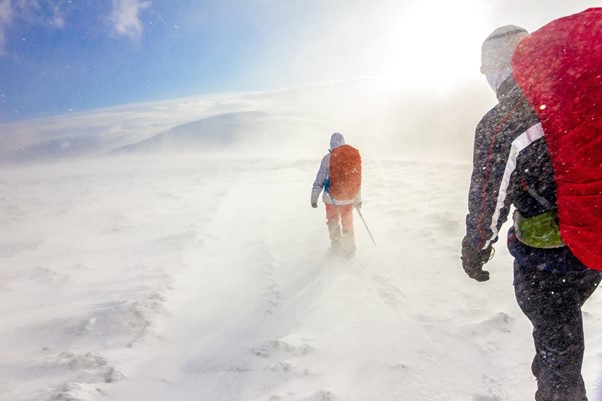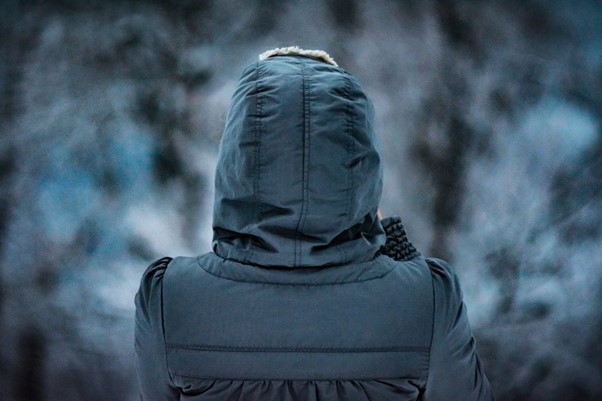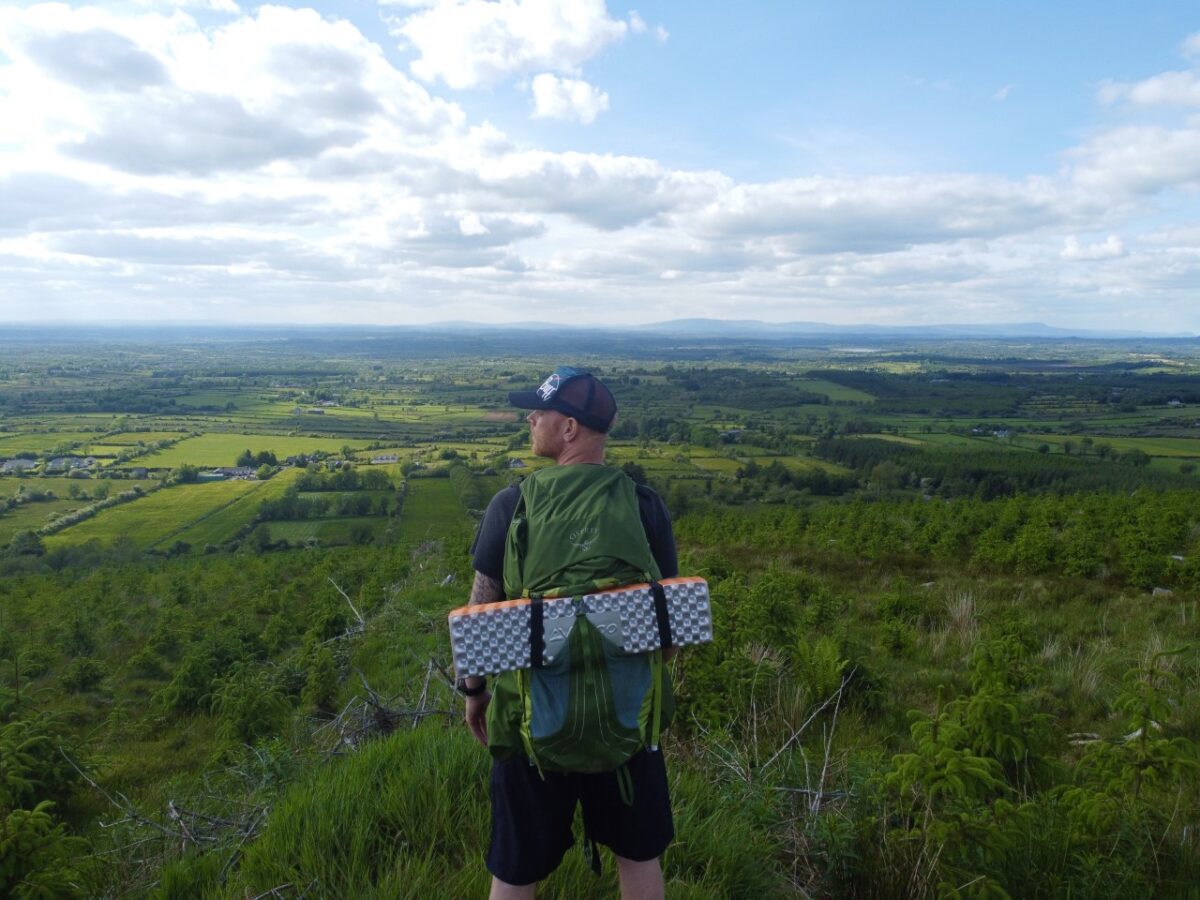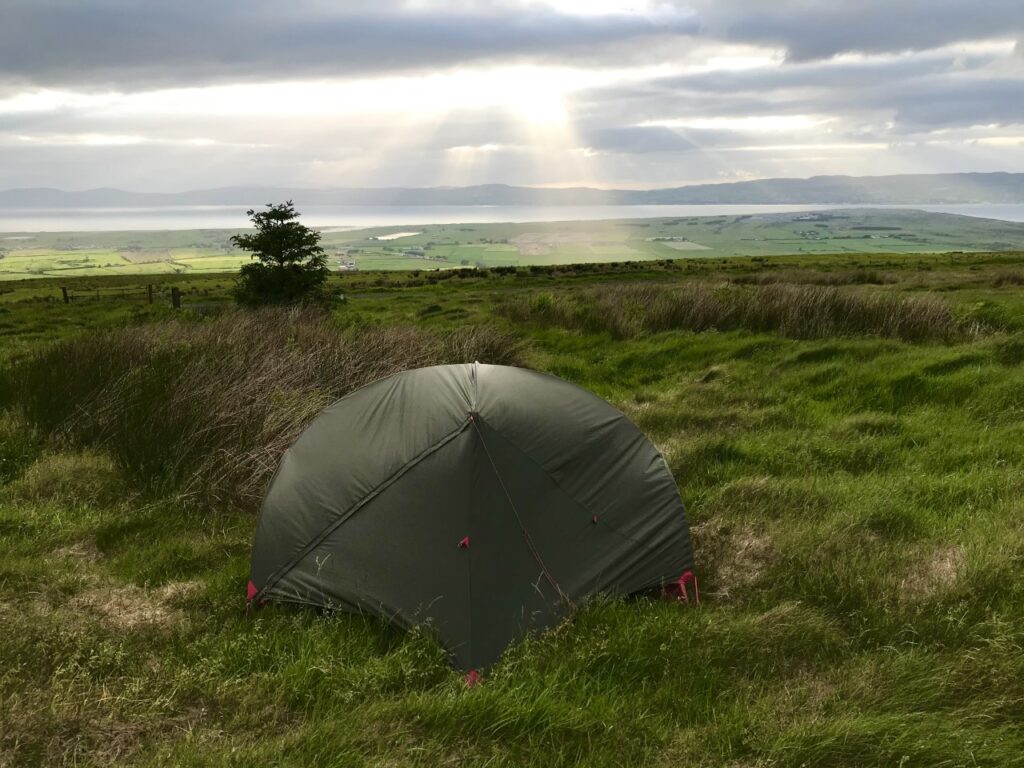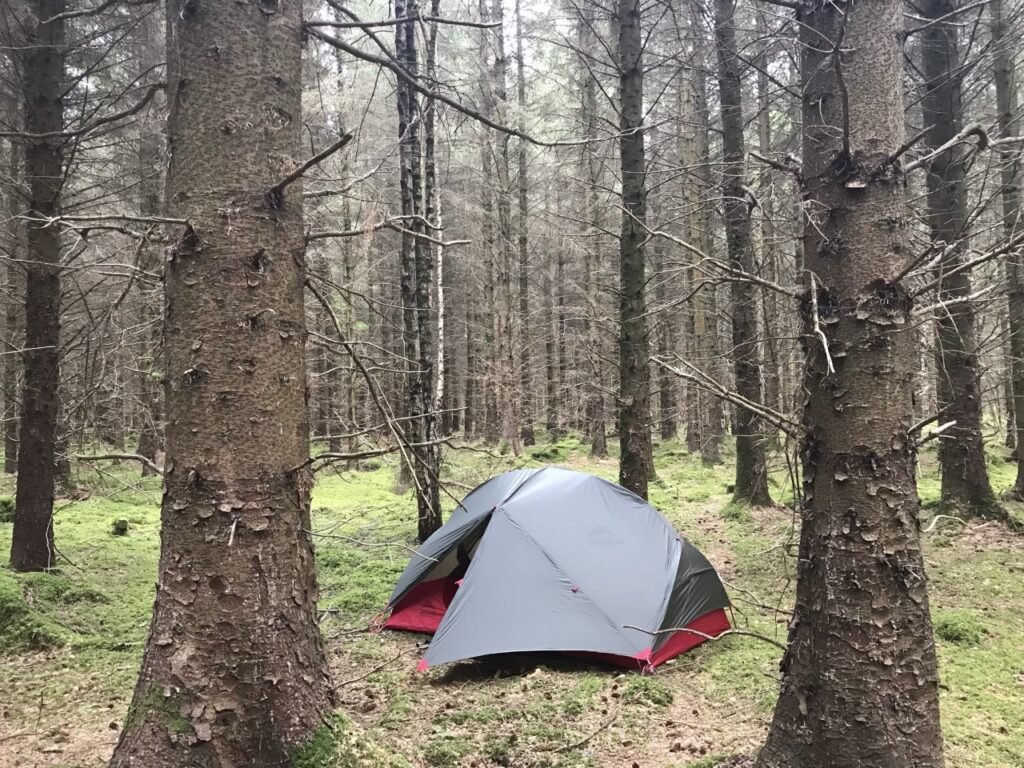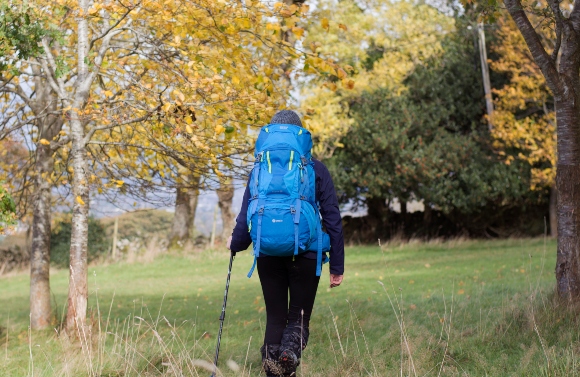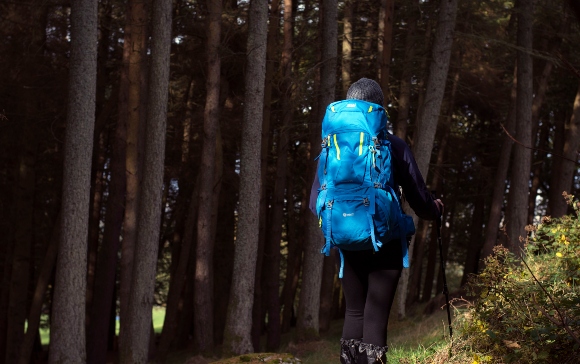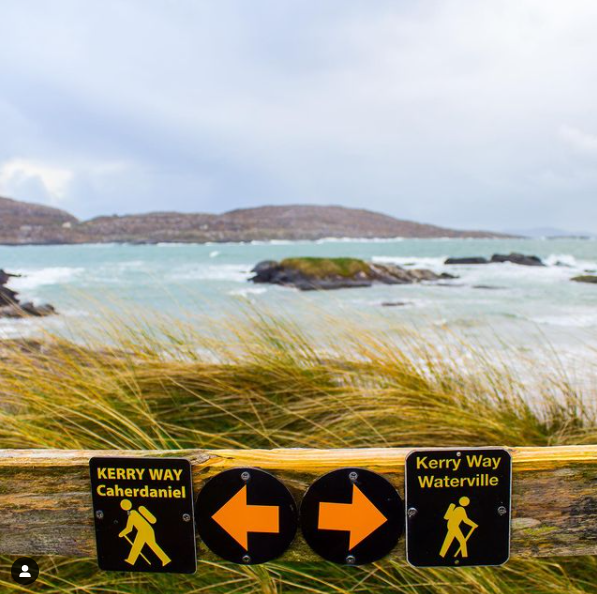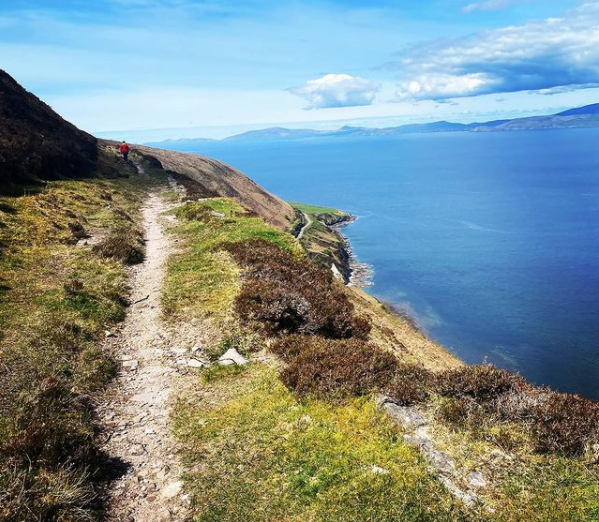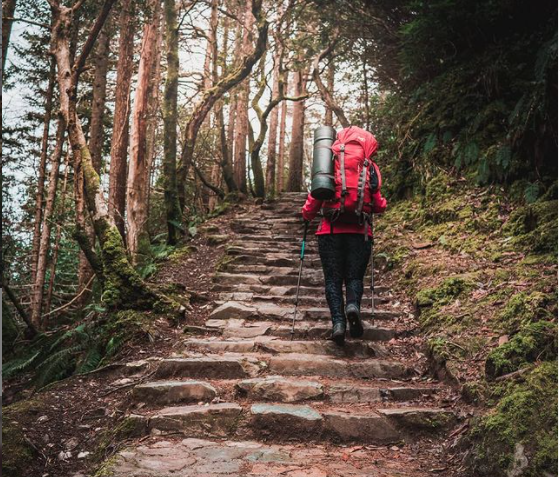
Whether you’re joining a hiking tour or planning on exploring solo, Ireland is here to fill up your awe tank, and unlike fuel, it will only cost you a bottle of water and a snack. Some hiking trails (like the rugged Irish mountain terrain) aren’t exactly a walk in the park. They are demanding, wild, and, most of all, exhilarating. These roads are less travelled. The “Emerald Isle” is any hiker’s dream come true. Why? Although Irish people often pine for a blossoming, Mediterranean summer, hikers and avid walkers couldn’t be happier with Ireland’s weather conditions (with average temperatures reaching anywhere between 12 °C (54 °F) and 18 °C (64.5 °F). If you’re planning on experiencing an unforgettable adventure this summer, get acquainted with must-have clothes for a hike in the Irish Hills. Are we ready? Zip up!
Hiker’s dress code
For all the hiking beginners out there: being in shape is, without a doubt, a good thing. Physical stamina and enthusiasm are essential for a great hike. Still, if you wear your skinny jeans and choose the wrong type of footwear, you’ll be in trouble – instantly. It doesn’t take long for our nerve endings (whether on our delicate skin or the soles of our feet) to throw an unforgettable temper tantrum. This quiet, invisible inner-mutiny will, undoubtedly, fill you with regret, and your heavy heart will stomp on your initial enthusiasm until there’s nothing left to hold on to but a pale shadow of its former glory. So, what type of clothes is suitable for hiking?

The right footwear
We can’t stress it enough – footwear is everything. What kind of footwear you’ll need depends on your destination, terrain, and weather conditions. Keeping your feet comfortable and dry isn’t the only concern; your hiking shoes should provide safety during a winter hike. Rocky, uneven terrains call for good gripping soles. Rain does too. (a slippery hike is not something we look forward to).
We recommend:
- Leg gaiters: Silly-looking but extremely useful, they are designed to keep our feet and lower legs from wet underbrush and debris in our shoes. Remember, the weather might be dry, but the grass will most likely be wet. If you want to avoid wearing waterproof over-trousers, this is a perfect time, but the right shoes are necessary.
- Hiking boots: a must-have item for a traditional Irish hike. Ankle support is essential, and so is having an impenetrable sole. Any less common route will require a good, sturdy hiking boot. Opt for a waterproof model, as the weather gods like to spice it up a little, even during summer.
- Socks: don’t overlook the importance of a high-quality hiking sock. They were invented for a reason. Unlike regular cotton ones, hiking socks are designed for friction reduction and outstanding insulation.
A piece of advice: Be sure to break in your new hiking boots before the trip! (we’ve all experienced this particular type of excruciating discomfort and pain. Sweet sorrow? – Nothing sweet about it.)

Smart hiking: Layers
Getting informed on must-have clothes for a hike in the Irish hills beforehand is crucial for a successful trip. The clothes we wear and the footwear we choose prevents us from experiencing common hiking injuries. You must be thinking: Sure, I know, sprained ankle stuff. – Yes, that too, but specially designed clothes protect us from invisible dangers like low temperatures, wind, water, and the sun. So, what do you wear? Layers are the smartest way to ensure a smooth and pleasant walk out in the wilderness.
Why say yes to layers
Unpredictable weather, of course. Regulating your body temperature during a hiking session is exceptionally relevant; you don’t want to get all bundled up and end up hyperventilating due to feeling “unbearably hot.” Adding on a layer (or taking off one) is an easy way to ensure that your body’s feeling just right and all the functions are working properly.
What kind of layers are we talking about?
If you’re unsure what clothes to pack for your trip, you must get some advice for this before closing your suitcase!
First, avoid cotton. Cotton clothing gets heavy when wet and isn’t quick to dry. And quick-drying clothes (upper and lower body!) is what we’re looking for.
- Lightweight T-shirt: technical t-shirts soak up the sweat from our upper body via capillary action, keeping us dry and smiling
- Fleece: high-tech fabrics offer incredible insulation; the natural motion of the hiker generates warmth, and fleece regulates the body temperature
- Rain jacket: a hardshell jacket is there to protect you from chilly weather, wind, and rain; a great piece of garment for any outdoor adventure
- lightweight trousers: choose quick-drying trousers for your hiking trip, as the ground can get pretty boggy
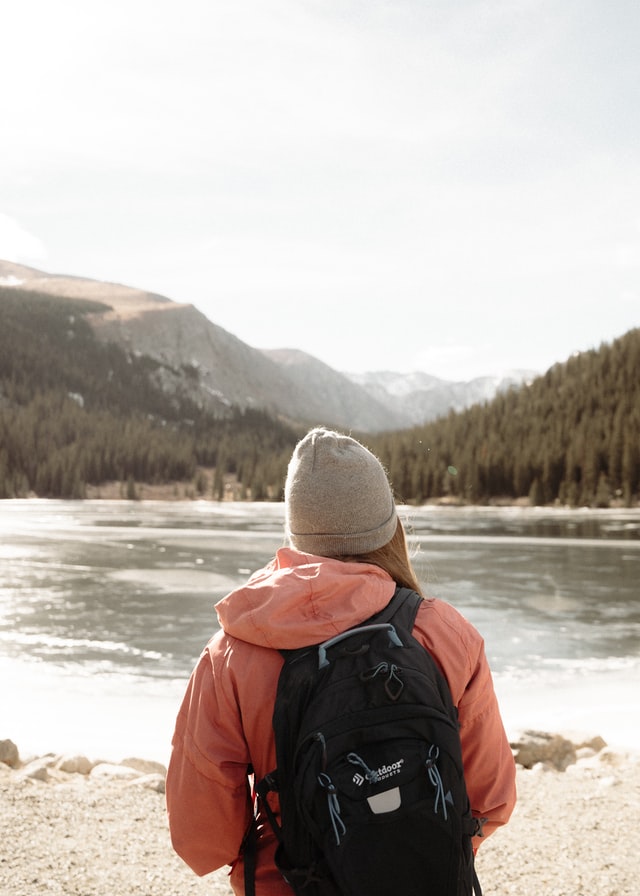
Other important must-haves
Getting familiar with essential hiking gear is half the job (the other half being “feet, don’t fail me now!”). If you want your hiking trip to be inconvenience-proof, consider bringing:
- Headgear: a sun hat or a warm hat (depending on the season) will keep your face safe from dangerous UV rays or harsh wind conditions
- Sunblock: Yes, this is Ireland, but you’d be surprised how easily one can get a sunburn up in the emerald hills
- Bug spray: stay away, pests! I mean it! – it does come in handy
- Comfortable underwear: chaffing sensation? Pass!
- Waterproof backpack: unless you want your change of clothes to get wet, invest in a waterproof backpack
Off to the hills!
If you follow our must-have clothes for a hike in the Irish hills list, we guarantee it will be a hike of a lifetime. Be sure to get a good night’s sleep before the adventure. Stay hydrated and enjoy the view.
https://unsplash.com/photos/Pf5Pj7A5ddA
https://www.pexels.com/photo/man-standing-on-a-rock-1271619/

